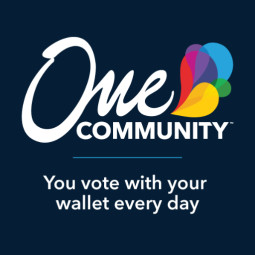DIVERSITY & INCLUSION: LISTEN, LEARN AND TAKE CONSISTENT ACTION
ARIZONA CHAMBERS, LOCAL ORGANIZATIONS AND STN TAKE ACTION AND EDUCATE ON DIVERSITY INITIATIVES
One promising outcome of the national and local racism protests and civil unrest is the heightened attention on racial disparities and inequalities in our country and our community. That awareness created an increased demand for educational resources, focusing on opportunities for individuals and organizations to get involved in diversity and inclusion initiatives on a local level.

INTRODUCING THE COMMUNITY COLLABORATIVE
In that vein, Social Television Network (STN) launched a new web series to highlight diversity and inclusion initiatives happening in Arizona. Featuring Arizona Chamber CEOs and member organizations, the ongoing series, titled ”The Community Collaborative,” highlights actions in motion to cultivate diversity and inclusion throughout state and local communities.
Black Chamber of Arizona CEO Robin Reed and Arizona Hispanic Chamber of Commerce CEO Monica Villalobos, series producers, will lead bi-weekly virtual summit discussions for local chamber leaders and their corporate partners to present current community challenges and actionable solutions.
The first far-ranging episode of “The Community Collaborative” features Angela Hughey, president and founder of One Community; Ricardo Carlo, president of the Associated Minority Contractors of Arizona; Jon Canyon, board chair of the American Indian Chamber of Commerce Arizona; and Tim Overton, Dickinson Wright PLLC attorney and appointed member Arizona Commission of African American Affairs.
As Villalobos points out, diversity and inclusion are action words. They require more than lip service and must be actively exercised. Community and business leaders are in an ideal position to raise awareness of local challenges and share opportunities to take an active role in making needed changes.
Arizona isn’t just a diverse state; it’s poised to become a majority-minority state in just 10 years, by 2030. State and local diversity and inclusion efforts could very well become a blueprint for other regions. With that knowledge, each action we take could exponentially increase in visibility and importance.
